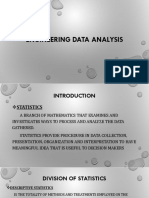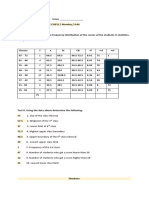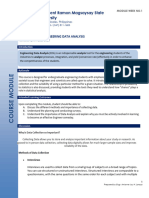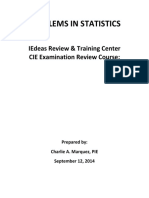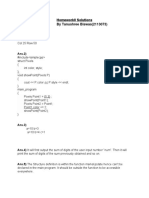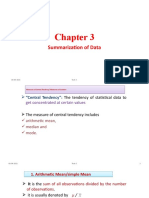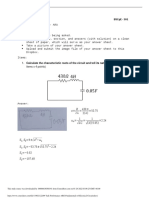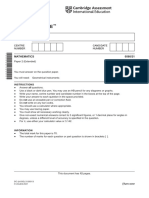0% found this document useful (0 votes)
364 views34 pagesDiscrete Probability Distribution
This document discusses discrete probability distributions and key concepts related to probability and random variables, including:
- Discrete random variables have a countable number of possible outcomes that can be listed, while continuous random variables have an uncountable number of possible outcomes.
- A discrete probability distribution lists each possible value a discrete random variable can assume, along with its probability, satisfying conditions that probabilities are between 0 and 1 and sum to 1.
- Key concepts include the mean, variance, and standard deviation of a discrete random variable. Specific discrete distributions covered include the binomial and Poisson distributions.
Uploaded by
Prenzi Balbuena EspirituCopyright
© © All Rights Reserved
We take content rights seriously. If you suspect this is your content, claim it here.
Available Formats
Download as PPTX, PDF, TXT or read online on Scribd
0% found this document useful (0 votes)
364 views34 pagesDiscrete Probability Distribution
This document discusses discrete probability distributions and key concepts related to probability and random variables, including:
- Discrete random variables have a countable number of possible outcomes that can be listed, while continuous random variables have an uncountable number of possible outcomes.
- A discrete probability distribution lists each possible value a discrete random variable can assume, along with its probability, satisfying conditions that probabilities are between 0 and 1 and sum to 1.
- Key concepts include the mean, variance, and standard deviation of a discrete random variable. Specific discrete distributions covered include the binomial and Poisson distributions.
Uploaded by
Prenzi Balbuena EspirituCopyright
© © All Rights Reserved
We take content rights seriously. If you suspect this is your content, claim it here.
Available Formats
Download as PPTX, PDF, TXT or read online on Scribd
/ 34






